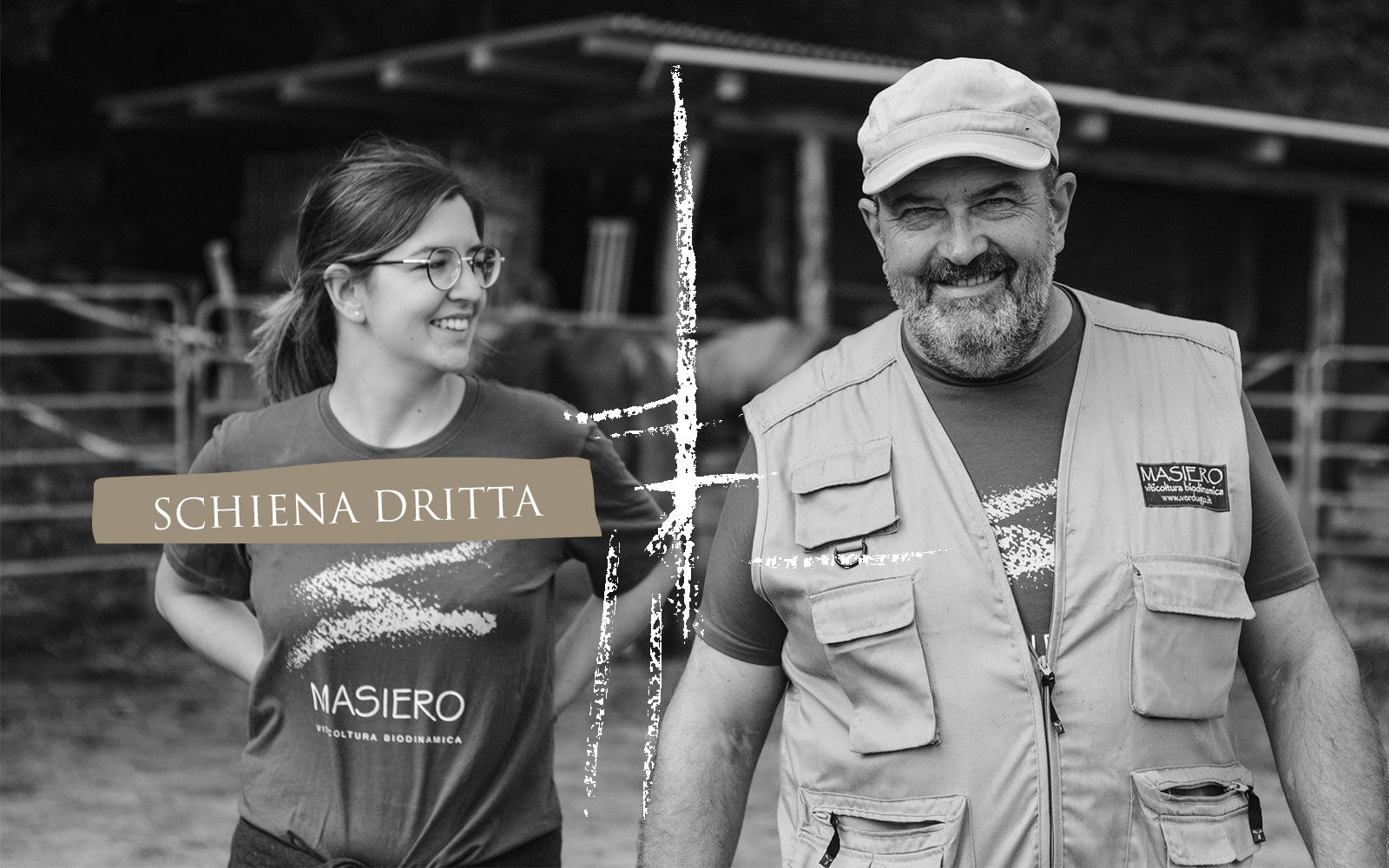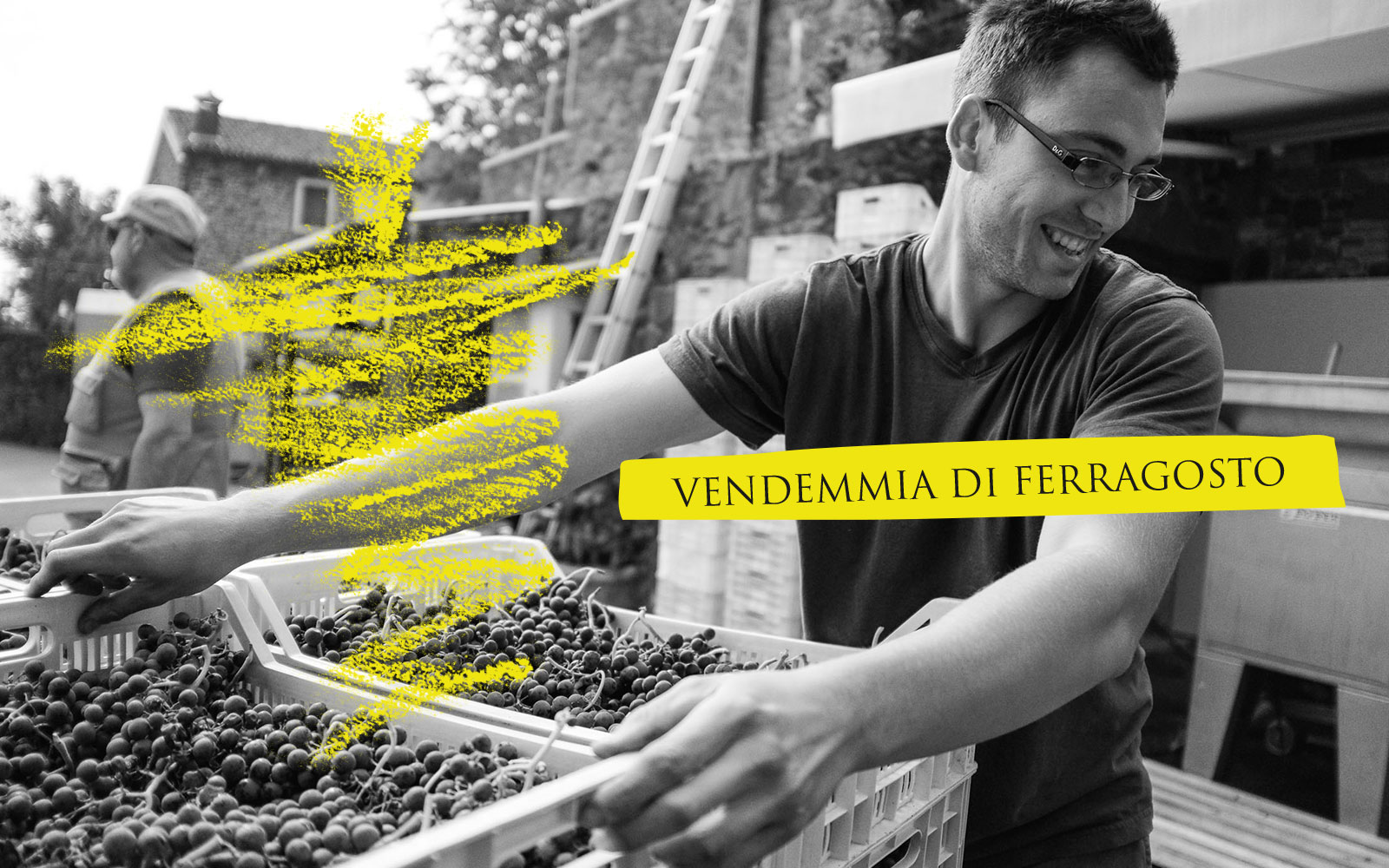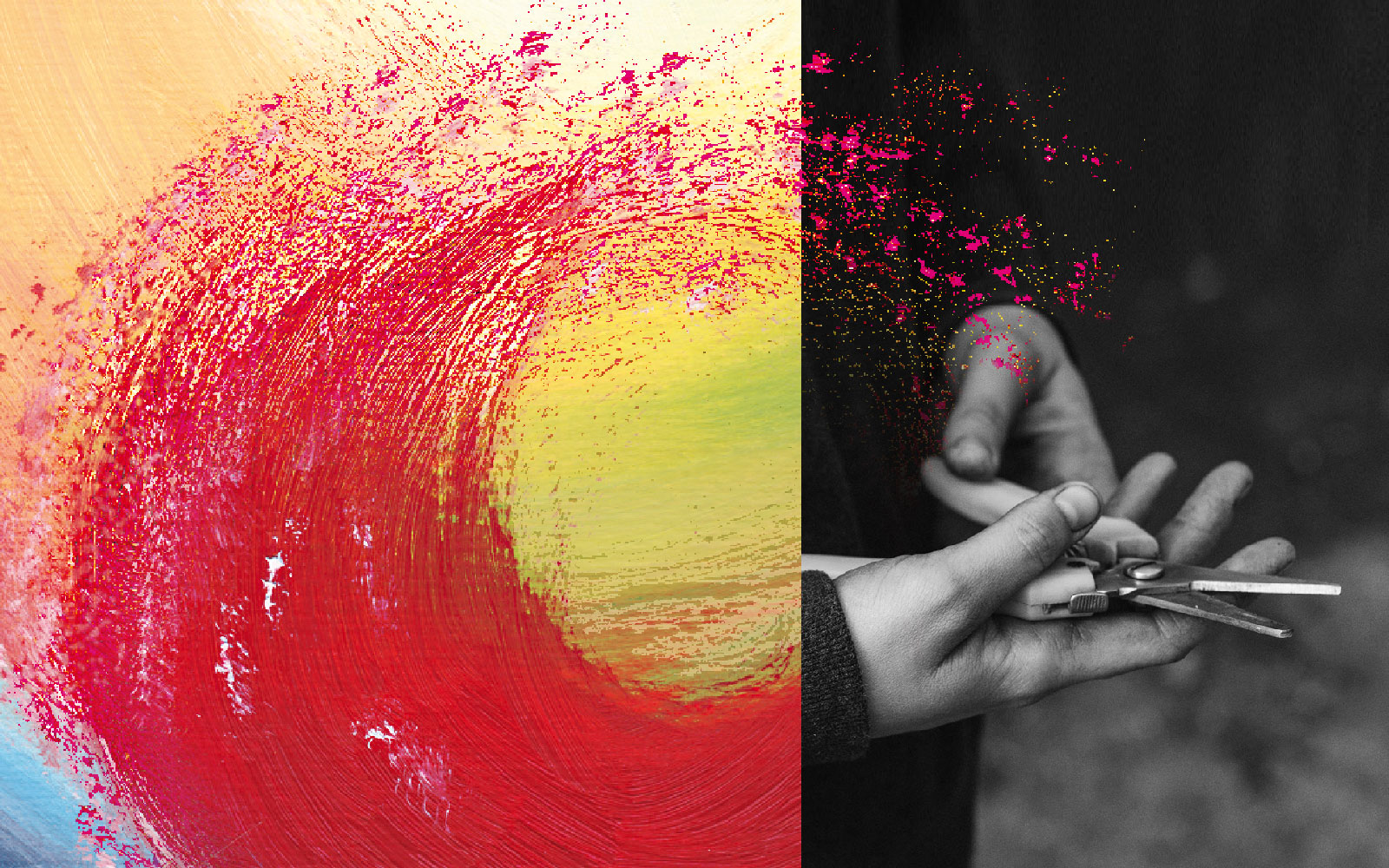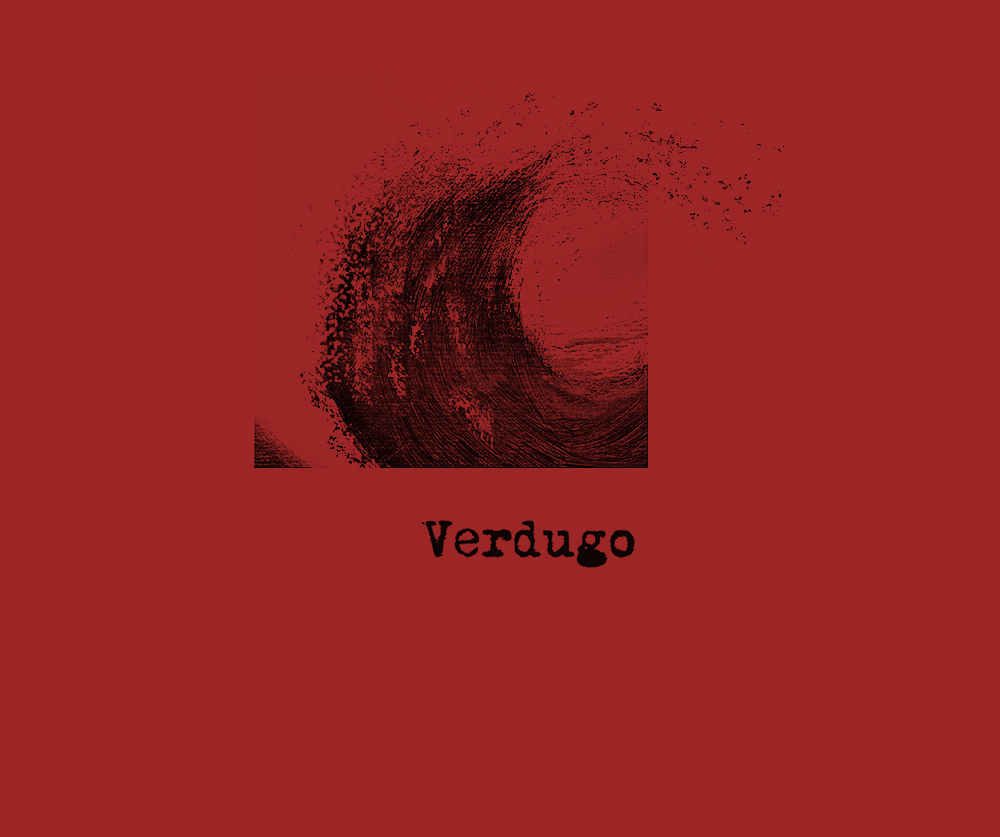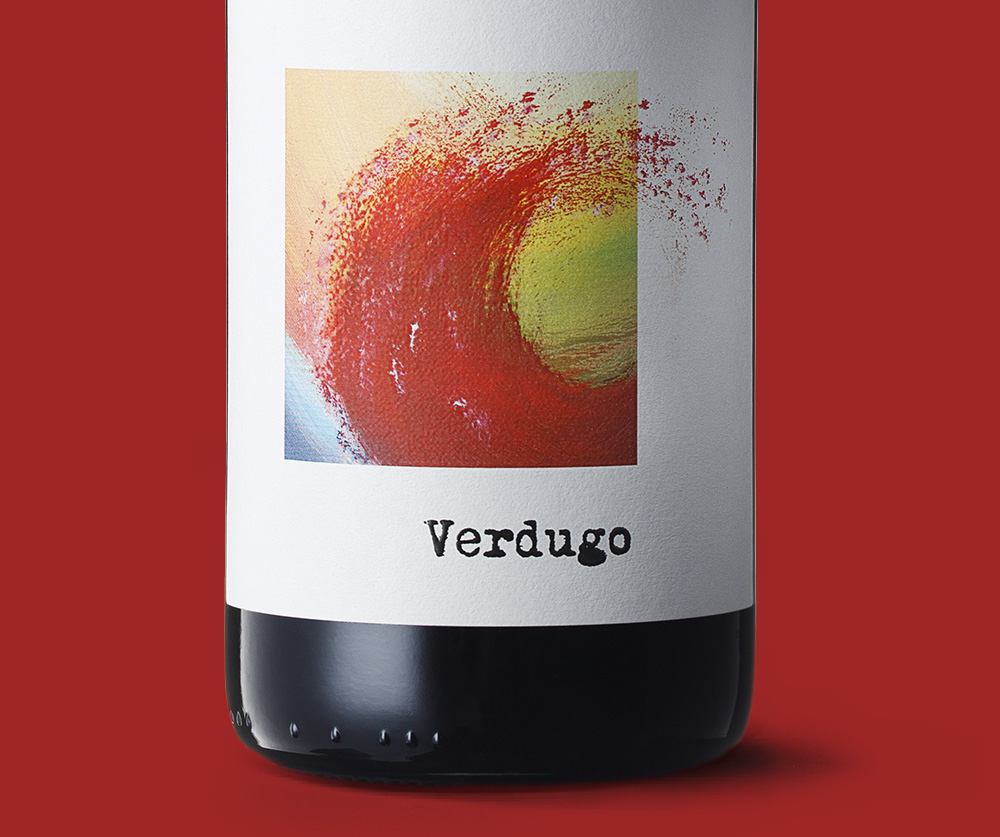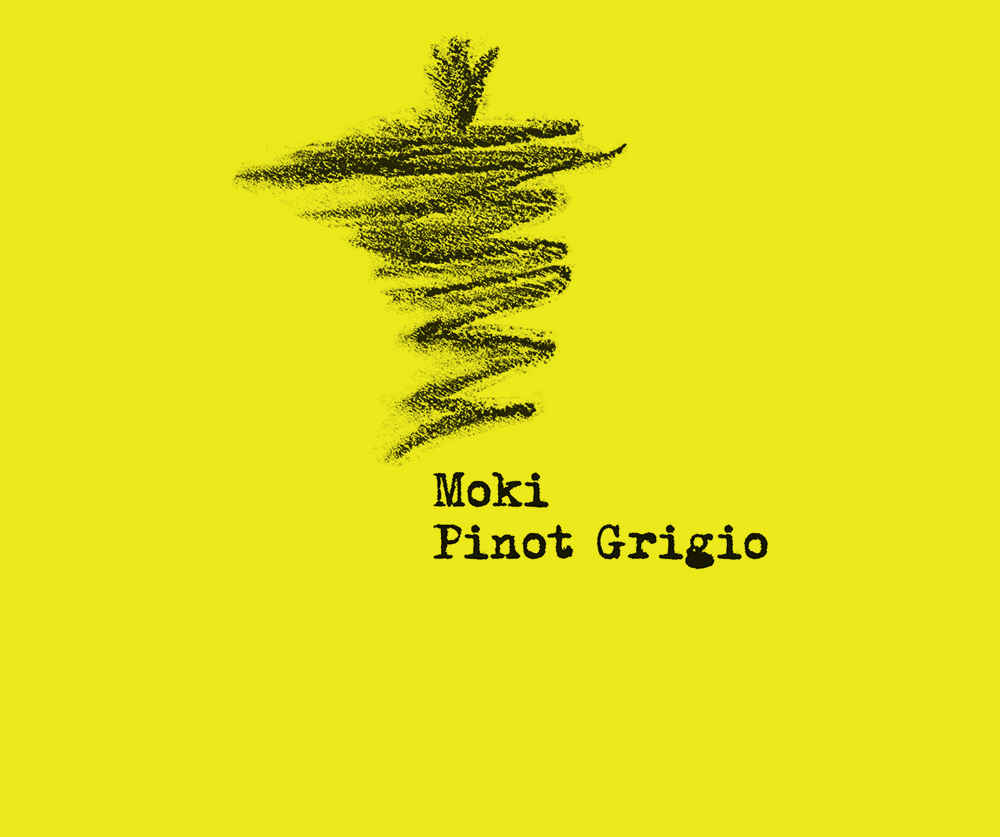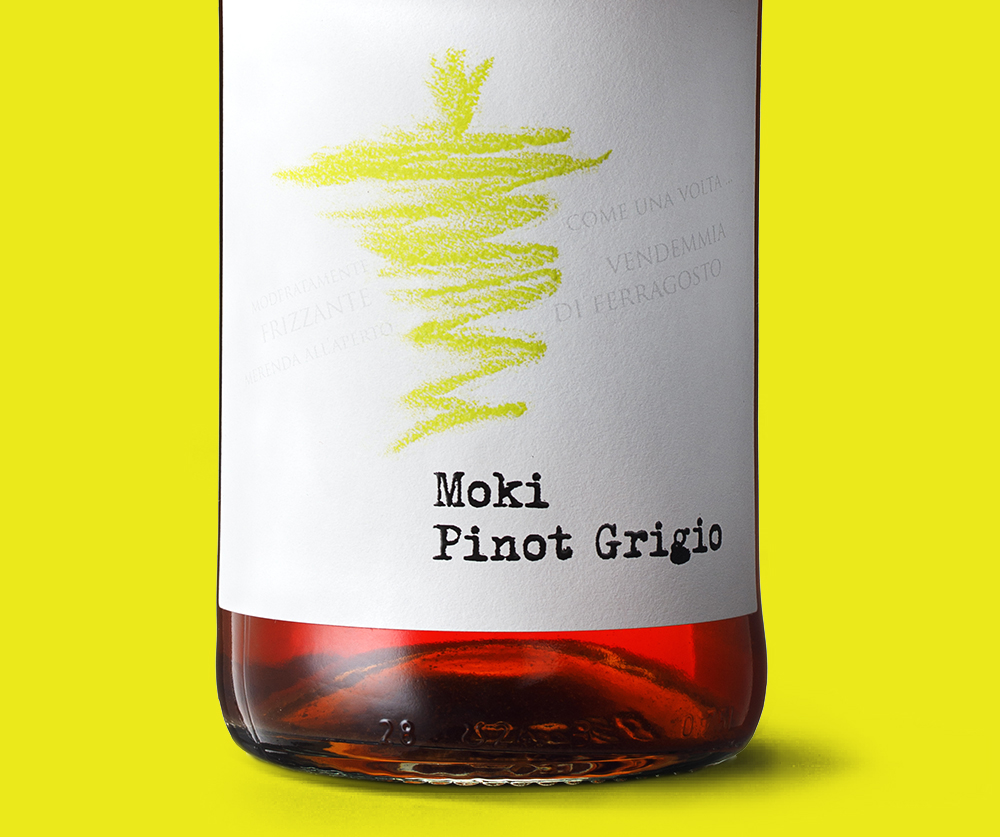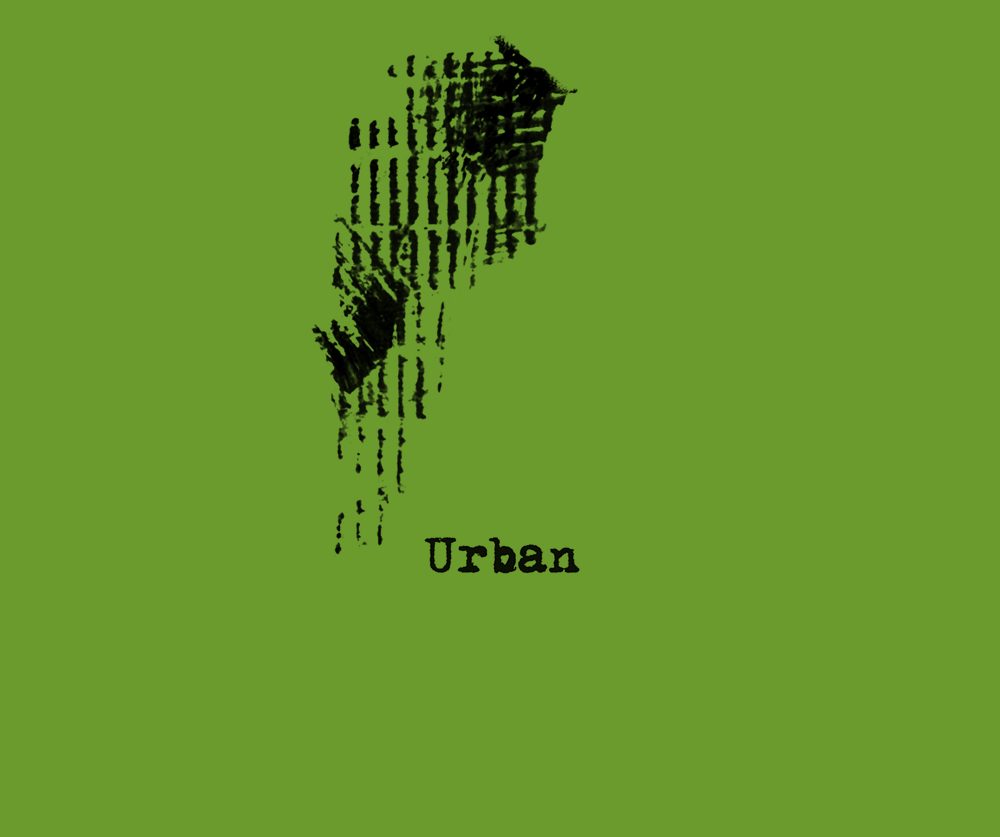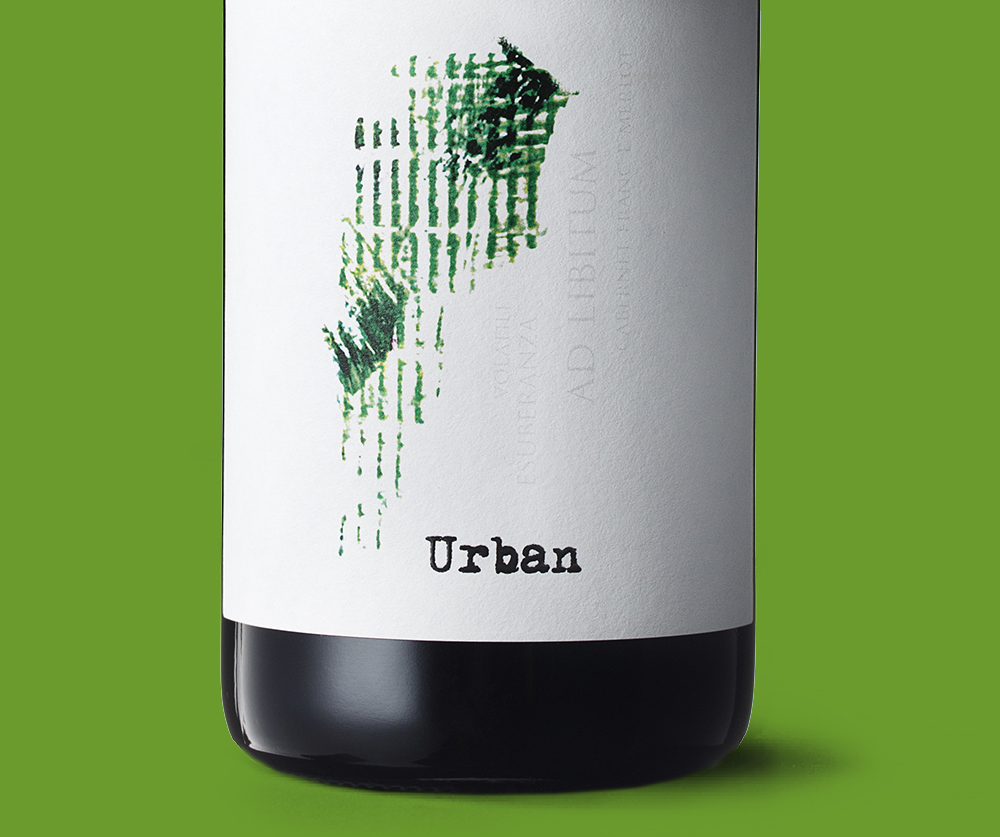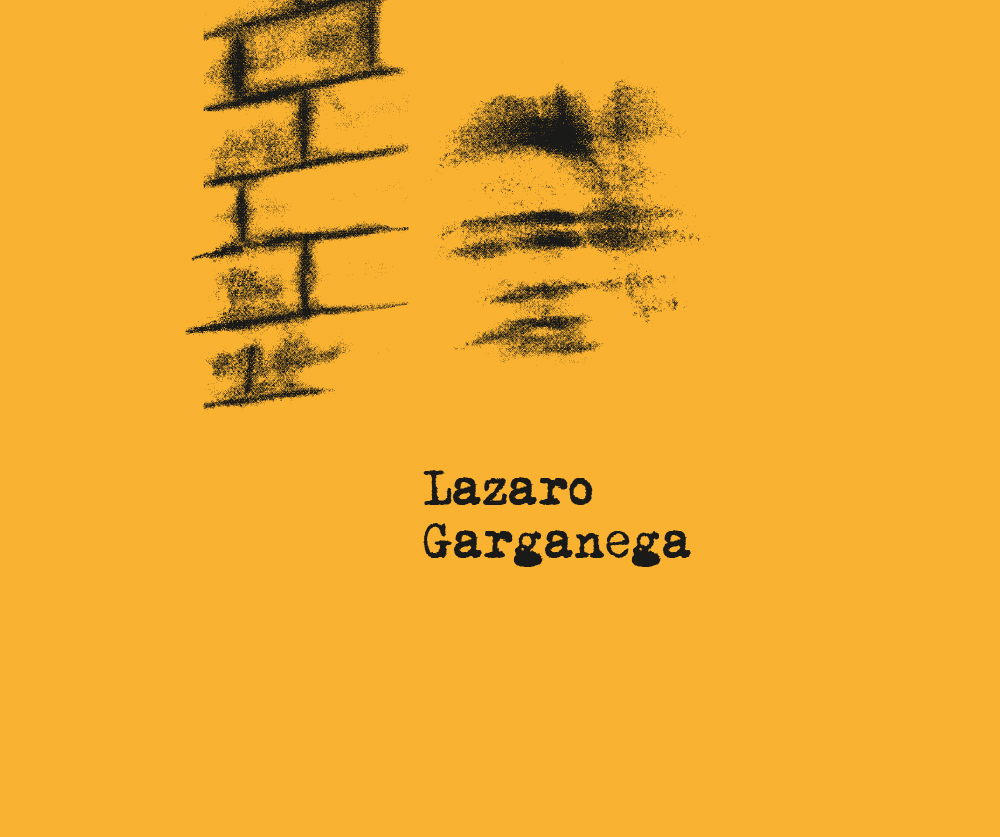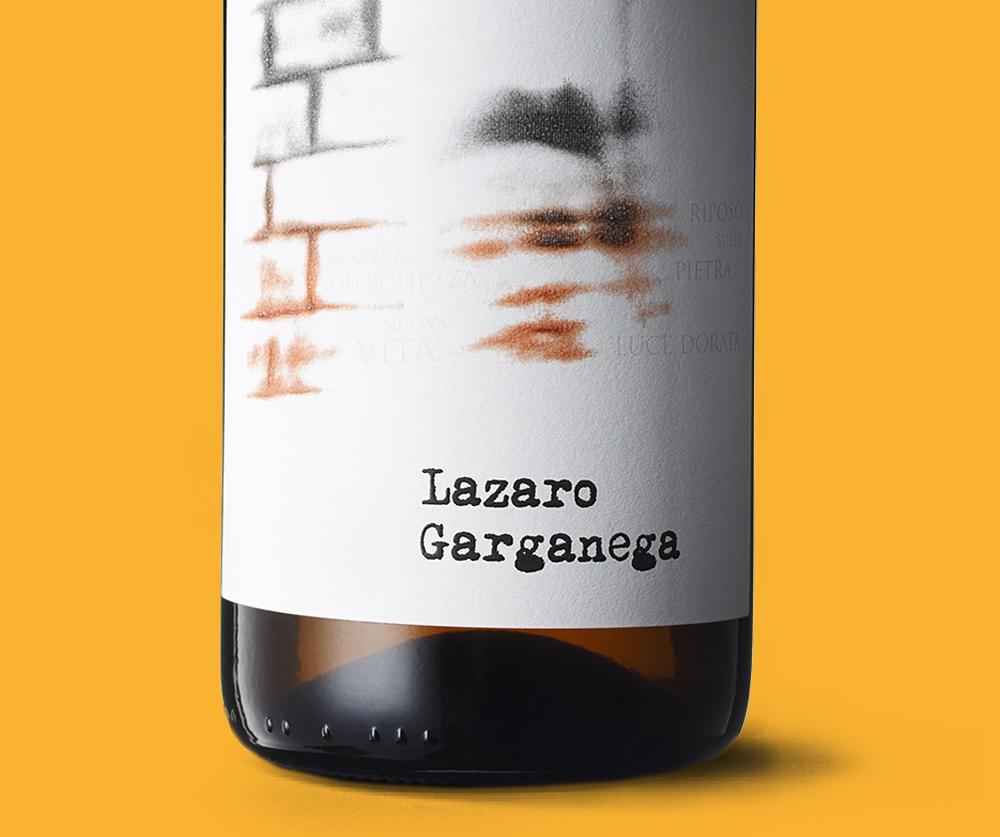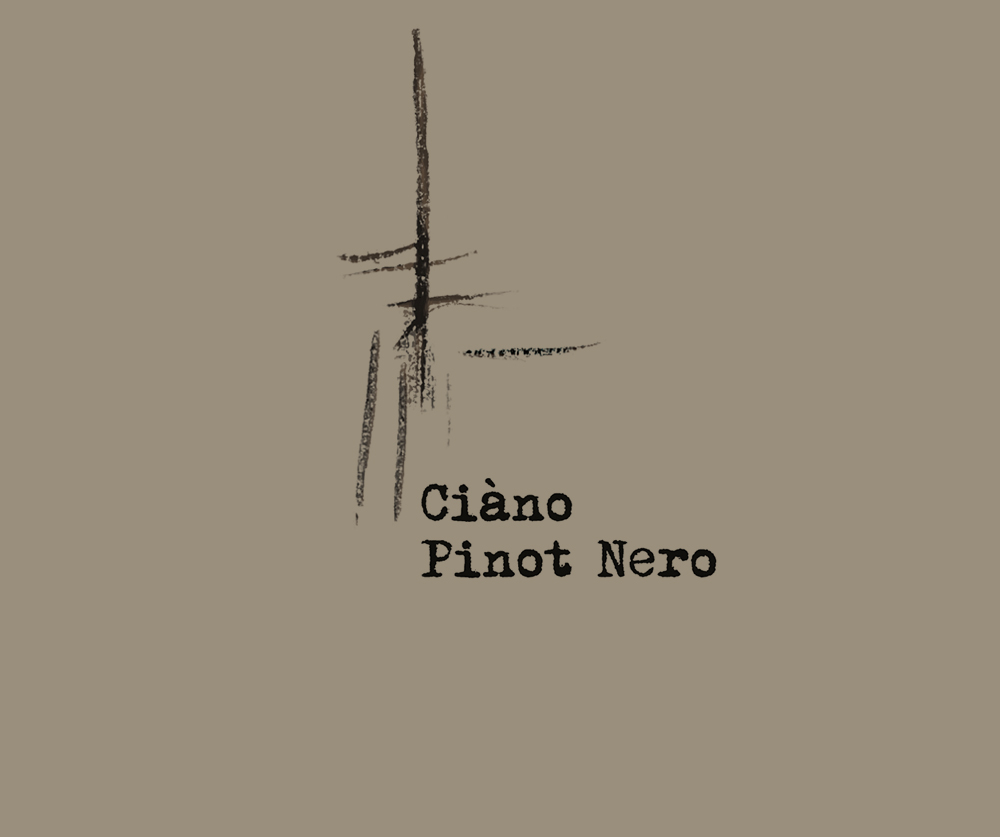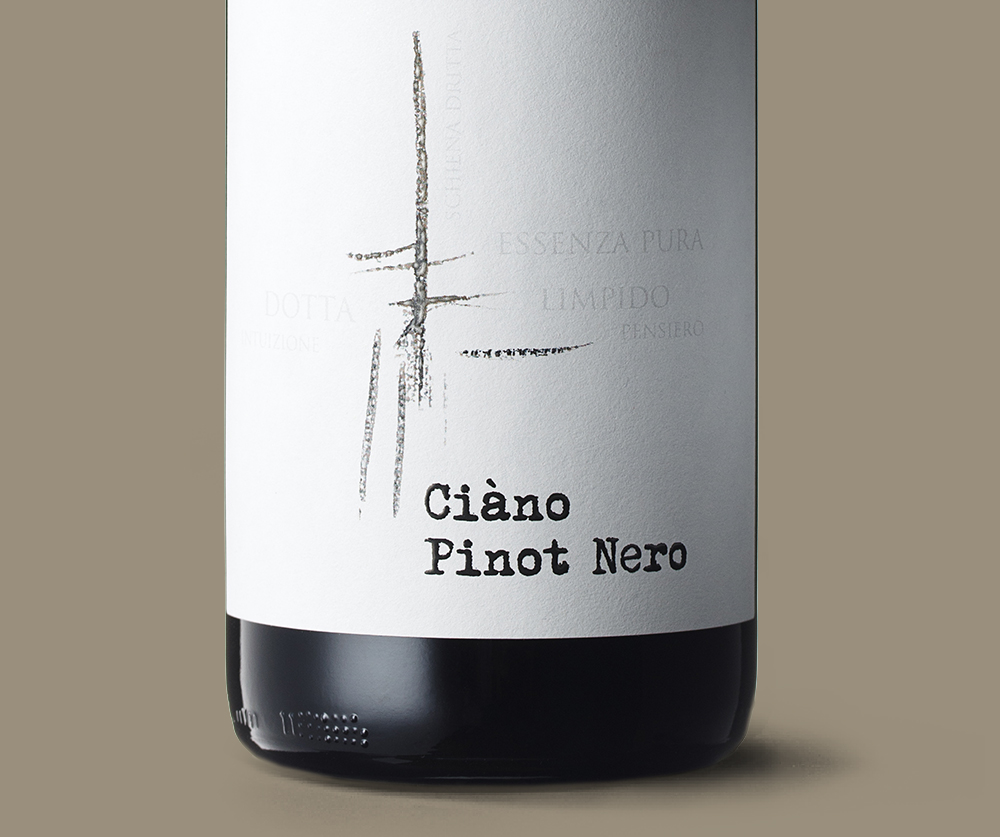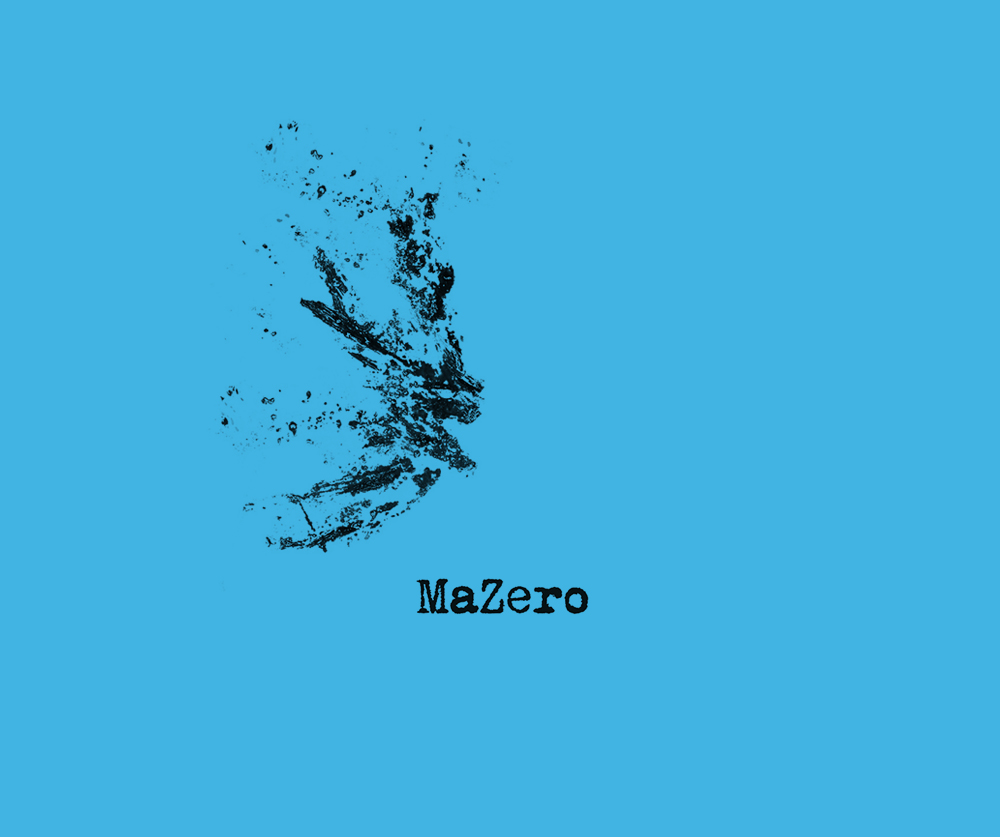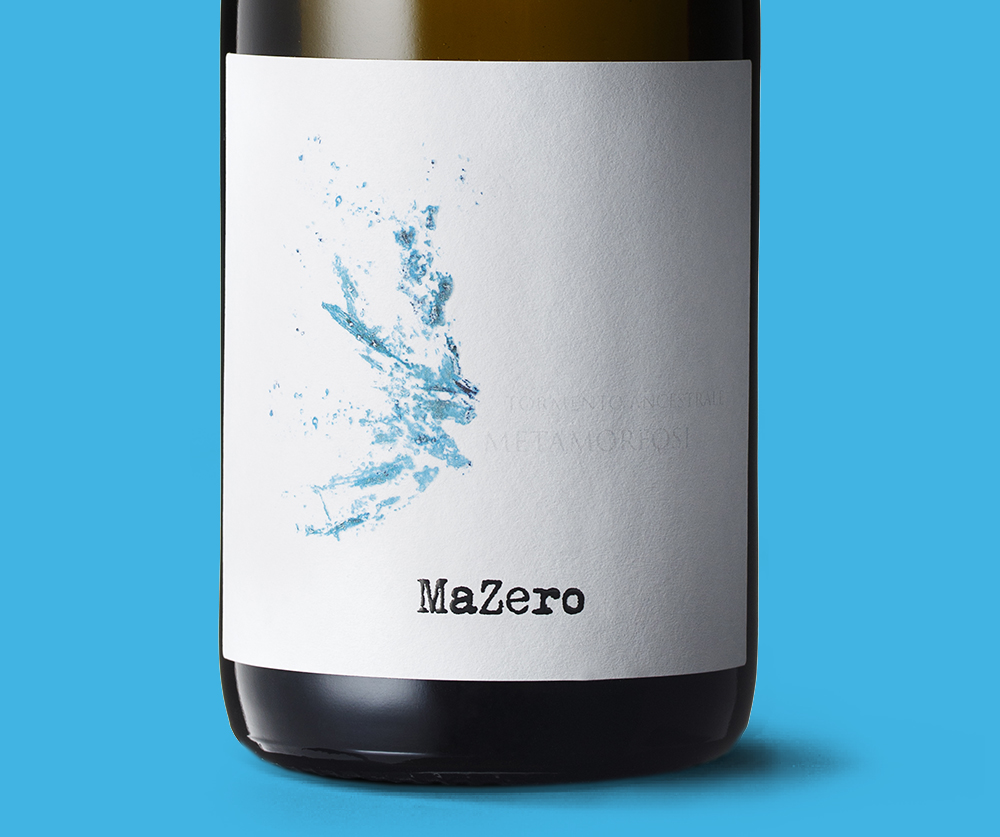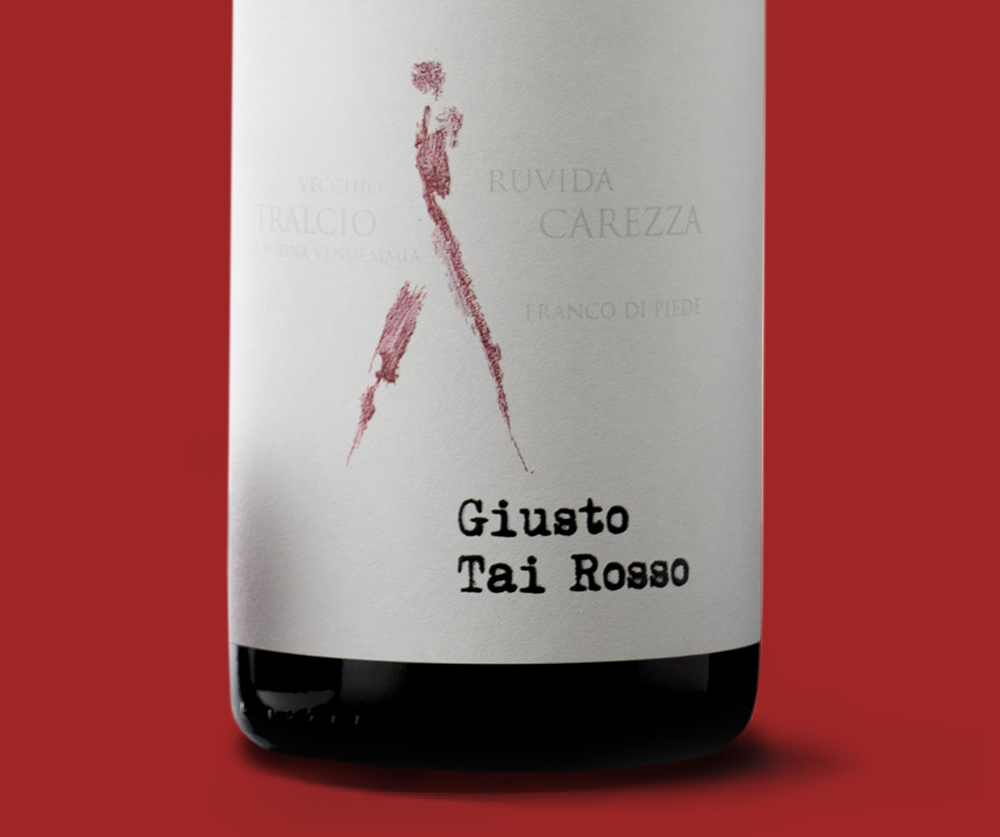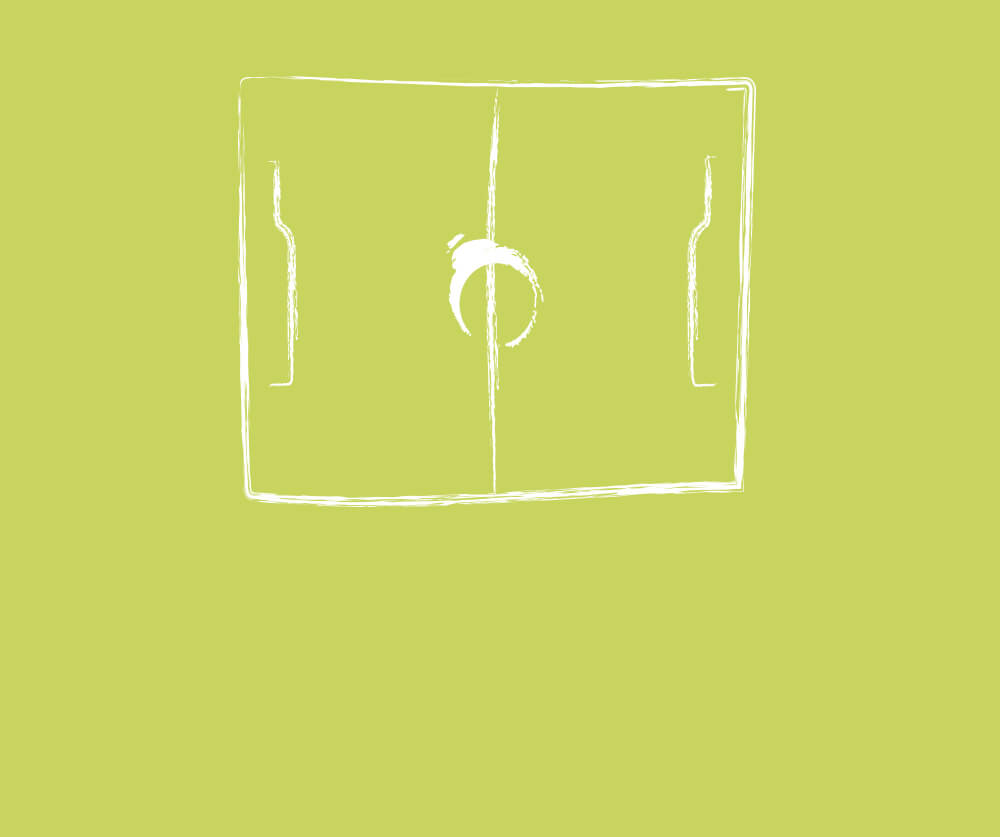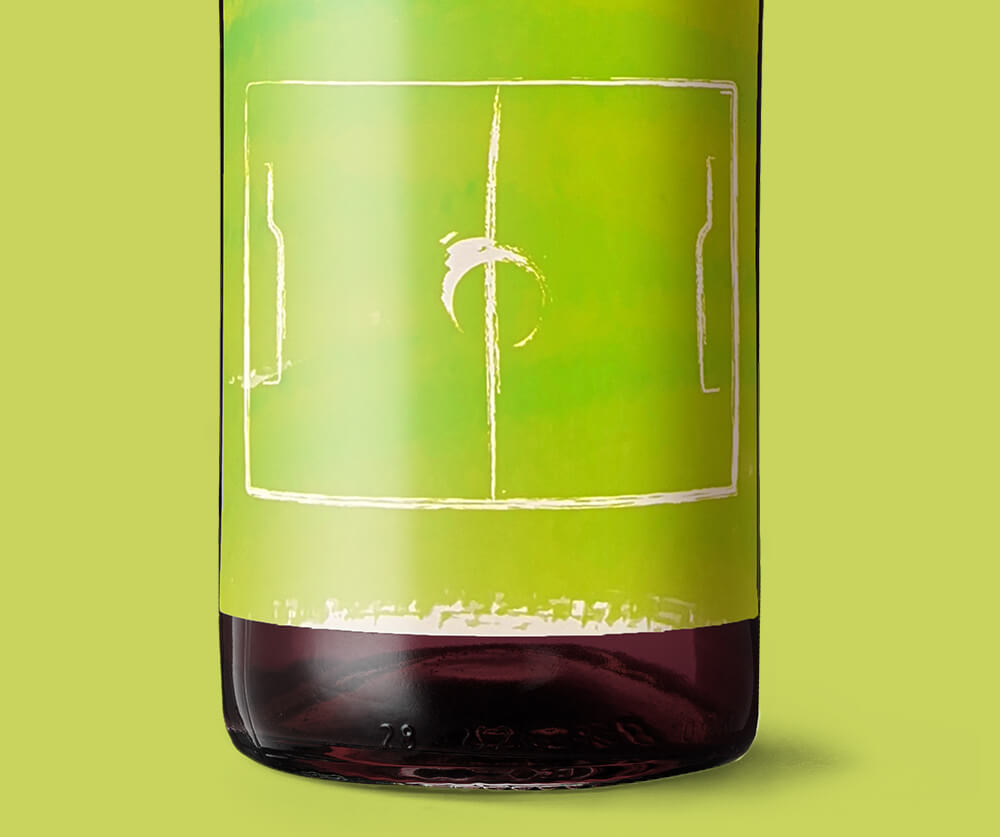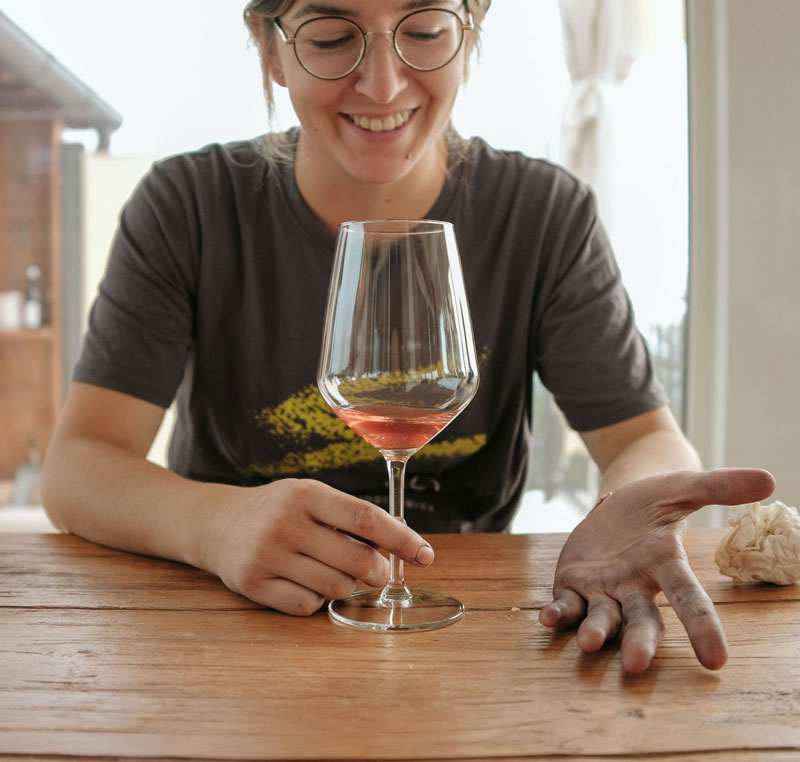
GIULIA MASIERO SHARING
Courage, determination
and freshness
Wine is soil and it remains such until it arrives on a table: at that moment it transforms itself, becomes emotion, it becomes an answer.
This is how I approached the wine, with great respect and passion for this unpredictable “odorous liquid” and with time the curiosity has gone beyond the glass.

GIULIA MASIERO SHARING
Courage, determination
and freshness
Wine is soil and it remains such until it arrives on a table: at that moment it transforms itself, becomes emotion, it becomes an answer.
This is how I approached the wine, with great respect and passion for this unpredictable “odorous liquid” and with time the curiosity has gone beyond the glass.

RUDOLF STEINER

The spontaneous fermentation takes place in wooden barrels, where grapes are left macerating on their skins for 20 days. One-year-long maturation in big wood barrels and at least one more year aging in bottle. No filtration nor clarification.
YEAR OF PLANTING
BOTTLES PRODUCED
We leave the grapes to macerate with their skins for 3 days and let them ferment on their original yeast in concrete barrels, without any chemical clarification, filtration nor SO2. The second fermentation is obtained only by using Senese must (3%), native grapes of this area and it occurs spontaneously due to increasing temperatures during spring time. The wine does not undergo a process of “degorgement”, thus appearing naturally cloudy on its yeasts, which assure the wine’s longevity.
YEAR OF PLANTING
BOTTLES PRODUCED
The different varieties are harvested separately, allowing each grape to reach the perfect state of maturation. The spontaneous fermentation takes place in wooden barrels, where the grapes are left in contact with the skins for 30/40 days. Maturation and aging take place instead in large tanks of natural cement (non-vitrified). No clarification or filtration is performed.
YEAR OF PLANTING
BOTTLES PRODUCED
The grapes are subjected to de-stemming and subsequent to a whole-acin maceration with its skins for about 3 months in concrete tanks; the fermentation ends spontaneously in ash wood barrels and the refinement ends in a small marble barrel, where the wine stabilizes before bottling. The imbottling takes place without any previous clarification or filtration.
YEAR OF PLANTING
BOTTLES PRODUCED
The spontaneous fermentation takes place in open wooden barrels, where the grapes are left in contact with the skins for about 15 days. Maturation in large oak barrels for at least 12 months and subsequent refinement in the bottle. No clarification or filtration occurs.
YEAR OF PLANTING
BOTTLES PRODUCED
Mazero
The grapes are pressed just after the harvest. The fermentation takes place spontaneously with its indigenous yeasts in steel and ends in acacia barrels, where it rests until the time of the second fermentation. The refermentation in the bottle takes place with the only addition of Boschera grape must (10%). The bottles remain on the lees for at least 24 months before they are disgorged and immediately closed again, adding only the quantity of wine lost during the process.
YEAR OF PLANTING
BOTTLES PRODUCED
The spontaneous fermentation takes place in open wooden barrel, where grapes are left macerating on their skins for 10 days. One-year-long maturation in oak wood barrel and get in the bottle without filtration nor clarification.
YEAR OF PLANTING
BOTTLES PRODUCED
Campo da Calcio
Spontaneous fermentation in concrete barrels where the grapes are left macerating on their skins for few days. After the soft pressing, the wine is left to age until the bottling. Campo da Calcio is easy to drink with fragrant and intense smell; unfiltered.
YEAR OF PLANTING
BOTTLES PRODUCED
The spontaneous fermentation takes place in wooden barrels, where grapes are left macerating on their skins for 20 days. One-year-long maturation in big wood barrels and at least one more year aging in bottle. No filtration nor clarification.
YEAR OF PLANTING
BOTTLES PRODUCED
We leave the grapes to macerate with their skins for 3 days and let them ferment on their original yeast in concrete barrels, without any chemical clarification, filtration nor SO2. The second fermentation is obtained only by using Senese must (3%), native grapes of this area and it occurs spontaneously due to increasing temperatures during spring time. The wine does not undergo a process of “degorgement”, thus appearing naturally cloudy on its yeasts, which assure the wine’s longevity.
YEAR OF PLANTING
BOTTLES PRODUCED
The different varieties are harvested separately, allowing each grape to reach the perfect state of maturation. The spontaneous fermentation takes place in wooden barrels, where the grapes are left in contact with the skins for 30/40 days. Maturation and aging take place instead in large tanks of natural cement (non-vitrified). No clarification or filtration is performed.
YEAR OF PLANTING
BOTTLES PRODUCED
The grapes are subjected to de-stemming and subsequent to a whole-acin maceration with its skins for about 3 months in concrete tanks; the fermentation ends spontaneously in ash wood barrels and the refinement ends in a small marble barrel, where the wine stabilizes before bottling. The imbottling takes place without any previous clarification or filtration.
YEAR OF PLANTING
BOTTLES PRODUCED
The spontaneous fermentation takes place in open wooden barrels, where the grapes are left in contact with the skins for about 15 days. Maturation in large oak barrels for at least 12 months and subsequent refinement in the bottle. No clarification or filtration occurs.
YEAR OF PLANTING
BOTTLES PRODUCED
The grapes are pressed just after the harvest. The fermentation takes place spontaneously with its indigenous yeasts in steel and ends in acacia barrels, where it rests until the time of the second fermentation. The refermentation in the bottle takes place with the only addition of Boschera grape must (10%). The bottles remain on the lees for at least 24 months before they are disgorged and immediately closed again, adding only the quantity of wine lost during the process.
YEAR OF PLANTING
BOTTLES PRODUCED
The spontaneous fermentation takes place in open wooden barrel, where grapes are left macerating on their skins for 10 days. One-year-long maturation in oak wood barrel and get in the bottle without filtration nor clarification.
YEAR OF PLANTING
BOTTLES PRODUCED
Spontaneous fermentation in concrete barrels where the grapes are left macerating on their skins for few days. After the soft pressing, the wine is left to age until the bottling. Campo da Calcio is easy to drink with fragrant and intense smell; unfiltered.
YEAR OF PLANTING
BOTTLES PRODUCED
The spontaneous fermentation takes place in wooden barrels, where grapes are left macerating on their skins for 20 days. One-year-long maturation in big wood barrels and at least one more year aging in bottle. No filtration nor clarification.
YEAR OF PLANTING
BOTTLES PRODUCED
We leave the grapes to macerate with their skins for 3 days and let them ferment on their original yeast in concrete barrels, without any chemical clarification, filtration nor SO2. The second fermentation is obtained only by using Senese must (3%), native grapes of this area and it occurs spontaneously due to increasing temperatures during spring time. The wine does not undergo a process of “degorgement”, thus appearing naturally cloudy on its yeasts, which assure the wine’s longevity.
YEAR OF PLANTING
BOTTLES PRODUCED
The different varieties are harvested separately, allowing each grape to reach the perfect state of maturation. The spontaneous fermentation takes place in wooden barrels, where the grapes are left in contact with the skins for 30/40 days. Maturation and aging take place instead in large tanks of natural cement (non-vitrified). No clarification or filtration is performed.
YEAR OF PLANTING
BOTTLES PRODUCED
The grapes are subjected to de-stemming and subsequent to a whole-acin maceration with its skins for about 3 months in concrete tanks; the fermentation ends spontaneously in ash wood barrels and the refinement ends in a small marble barrel, where the wine stabilizes before bottling. The imbottling takes place without any previous clarification or filtration.
YEAR OF PLANTING
BOTTLES PRODUCED
The spontaneous fermentation takes place in open wooden barrels, where the grapes are left in contact with the skins for about 15 days. Maturation in large oak barrels for at least 12 months and subsequent refinement in the bottle. No clarification or filtration occurs.
YEAR OF PLANTING
BOTTLES PRODUCED
The grapes are pressed just after the harvest. The fermentation takes place spontaneously with its indigenous yeasts in steel and ends in acacia barrels, where it rests until the time of the second fermentation. The refermentation in the bottle takes place with the only addition of Boschera grape must (10%). The bottles remain on the lees for at least 24 months before they are disgorged and immediately closed again, adding only the quantity of wine lost during the process.
YEAR OF PLANTING
BOTTLES PRODUCED
The spontaneous fermentation takes place in open wooden barrel, where grapes are left macerating on their skins for 10 days. One-year-long maturation in oak wood barrel and get in the bottle without filtration nor clarification.
YEAR OF PLANTING
BOTTLES PRODUCED
Spontaneous fermentation in concrete barrels where the grapes are left macerating on their skins for few days. After the soft pressing, the wine is left to age until the bottling. Campo da Calcio is easy to drink with fragrant and intense smell; unfiltered.
